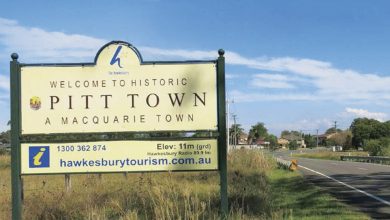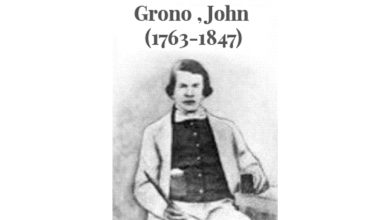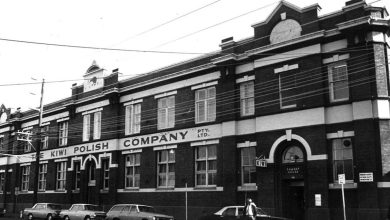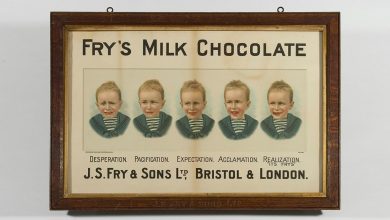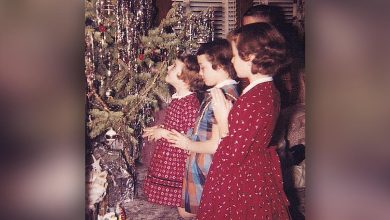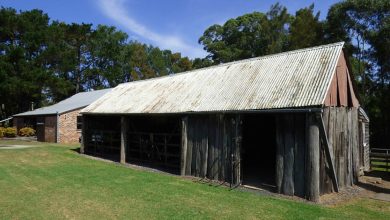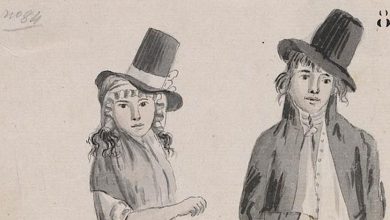Governor Macquarie was very aware of the dangers of the Hawkesbury River floods when he selected land for a township on the western shore. He had lost one of his honoured magistrates, Andrew Thompson (see edition number 16) of Windsor to the flood of October. Macquarie announced to his dinner guests on December 6, 1810 that he would honour Mr William Wilberforce (whom he admired for his work in the British Parliament to stop slavery) by naming the settlement Wilberforce. Land had been granted from the 1790s throughout the district forming a core to build a community. Thomas and Jane [nee Topp] Rose arrived in the colony on the Bellona in 1793 as free settlers. Thomas was granted 120 acres at the Liberty Plains on May 28, 1793 by Francis Grose who was in change of the colony in the interval between Governors Arthur Phillip and John Hunter. A further 70 acres was granted in 1798. Thomas planted ten acres of wheat but the crop did not prosper with the soil, modern-day Lidcombe, being low in fertility so the Rose family purchased ‘Laurel Farm’ on the Hawkesbury River flats from Mr Lawrence May in 1802. Severe flooding in 1806 and 1809 swept away Thomas Rose’s achievements and he decided to move to higher ground by purchasing portion of William McKay’s grant of 30 acres [1797]. Rose Cottage was built in the style of the day using ironbark timber slabs with lathe and mud plaster lining. Roof shingles were cut from she-oak trees on the property and a sandstock brick fireplace and chimney built for the kitchen. The family grew to five sons and two daughters and they and their descendents occupied the land for the next 110 years. Discover the many treasures of the Hills in the Award-winning, all-Australian book “In Search of the Pennant Hills” by Trevor Patrick, James Symes & Andrew Tink now available Inquiries to P.O. Box 176 Kenthurst 2156 Ph (02) 9654- 2224. www.hillstory.com.au for more Australian History subjects.
[the_ad_group id="25725"]
Related Articles
Check Also
Close
-
Bridging History05/04/2024

